Tax professionals are no strangers to change. The frenetic pace of filing season inevitably gives way to the steady rhythm of returns on extension, vacation time (YES!), tax planning sessions, a little more vacation time (let’s hope!) and — before you know it — you’re preparing to do it all over again.
While every tax office is unique, there are some common steps that everyone should take to keep the January-April mayhem as smooth as possible: renew professional credentials, review tax law changes, purchase necessary software and office equipment, update your written security plan, and communicate tax updates and service changes to clients. Whether you’re an office of one or 100, developing a pre-season checklist is essential.
Professional credentials
Certified public accountants, enrolled agents and tax attorneys need to complete continuing professional education requirements every year to maintain their credentials. Even non-credentialed tax professionals can demonstrate their tax knowledge to clients by earning a record of completion from the Annual Filing Season Program. Whether finishing coursework or simply renewing your PTIN before the Dec. 31 deadline, this is a critical step in filing season preparedness.
Tax law changes
The American Rescue Plan and Infrastructure Investment and Jobs Act each include changes that took effect in tax year 2021, like the expansion of the child tax credit and suspension of the employee retention credit, respectively. The infrastructure bill also includes provisions that will affect future tax years, like the change to cryptocurrency rules that takes effect in 2024 — which could be changed again if the Lummis-Wyden amendment gets traction.
Software and office equipment
For many tax offices, simply purchasing a tax-prep software license and the usual laundry list of office equipment isn’t enough to get the job done — especially post-pandemic. The need for better data security solutions and a growing demand for remote work accommodations have even begun to force smaller practices to consider a wide range of products and services, like secure file transfer portals, video conferencing platforms and cloud-hosted applications.
Written security plan
Keeping client information secure can be intimidating, especially as the list of online threats exponentially grows every year. Unfortunately, installing security software on all office devices isn’t enough. Data security requires a holistic approach that includes keeping all installed applications updated, training office staff to avoid phishing scams and knowing what to do if you discover a breach. Remember, the FTC requires all tax offices have a written security plan that is kept up to date!
Client communication and services
Most tax businesses become successful by developing lasting client relationships, and clear communication is a key part of that process. From sending organizers and pre-season letters to scheduling tax preparation appointments and tax planning consultation, staying in touch ensures clients receive the best possible service and you continue to grow your business.
Helpful resources
In addition to covering recent tax and industry issues, we regularly produce a number of helpful infographics on Taxing Subjects, the Drake Software blog.
Information included in this article is accurate as of the publish date. This post is not reflective of tax law changes or IRS guidance that may have occurred after the date of publishing.
